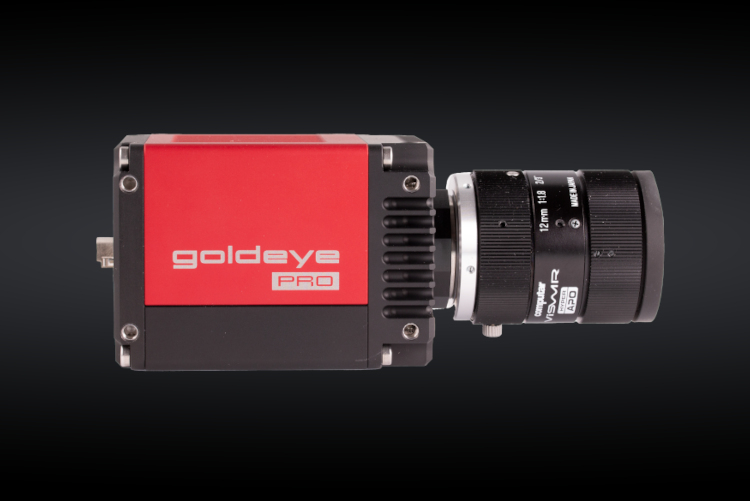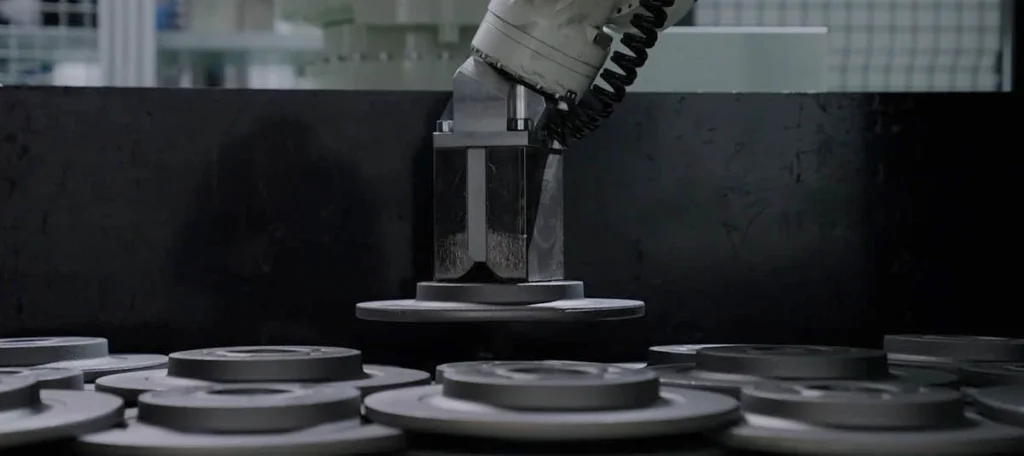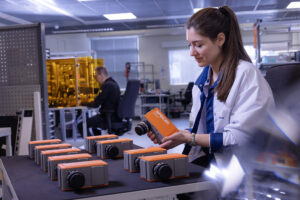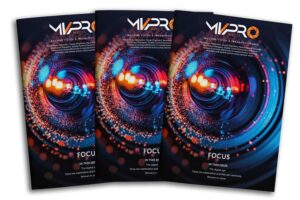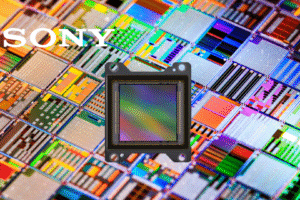In order to land safely and smoothly, a bumblebee must control its speed, adjust its body position, and extend its legs before making contact with the ground.
Since it is believed that bumblebees are guided by visual indicators to reliably discriminate the surface from the background, scientists within the Department of Biology at Lund University (Lund, Sweden) were curious to know how bumblebee landings were affected if light intensity was significantly decreased.
To do this, they configured an experimental setting where they could investigate bumblebee landings at four different light intensities ranging from 600 lumens down to 19 lumens. A Mikrotron MotionBLITZ mini camera from SVS-Vistek helped the scientists capture the details of bumblebee flight and landings for analysis.
Experiments were conducted on six hives of commercially bred bumblebees. Inside a specially designed flight cage, the bees were trained to visit a feeder filled with sugar solution that was placed on top of a flat platform. Each of the bees were individually marked with small plastic number plates.
Bee landings on the platform were filmed at 400 frames-per-second with a Mikrotron MotionBLITZ EoSens® mini GigE Vision 1.3 megapixel camera mounted 16 cm (6.3 inches) away from the center of the platform. Resolution was set at 1280 × 600 pixels and the lens configured at the focal length = 8mm and aperture diameter = 5.7mm.
Two dimmable fluorescent lights were fixed to the flight cage’s ceiling. Neutral density filters were also installed to further dim the bulbs in order to get the lowest possible light levels, along with infrared illumination to help the camera discern the bees’ behavior. Seven individual landings per bee were manually digitized with tracking software written in Matlab, allowing the scientists to visualize the flight trajectories over time and analyze the bees’ position at various platform tilt angles and light intensities.
Modified Behaviour Observed
After reviewing the video, Lund University researchers found that the bees adjusted their body posture and limb length as light intensity dropped, indicating that visual mediation is involved in the control of landing. Even in the lowest light, however, the impact on body movement was approximately 20 percent or less as the landings remained precisely regulated. This suggests that light intensity minimally affects the behavior of bumblebees in the final moments before touchdown.



